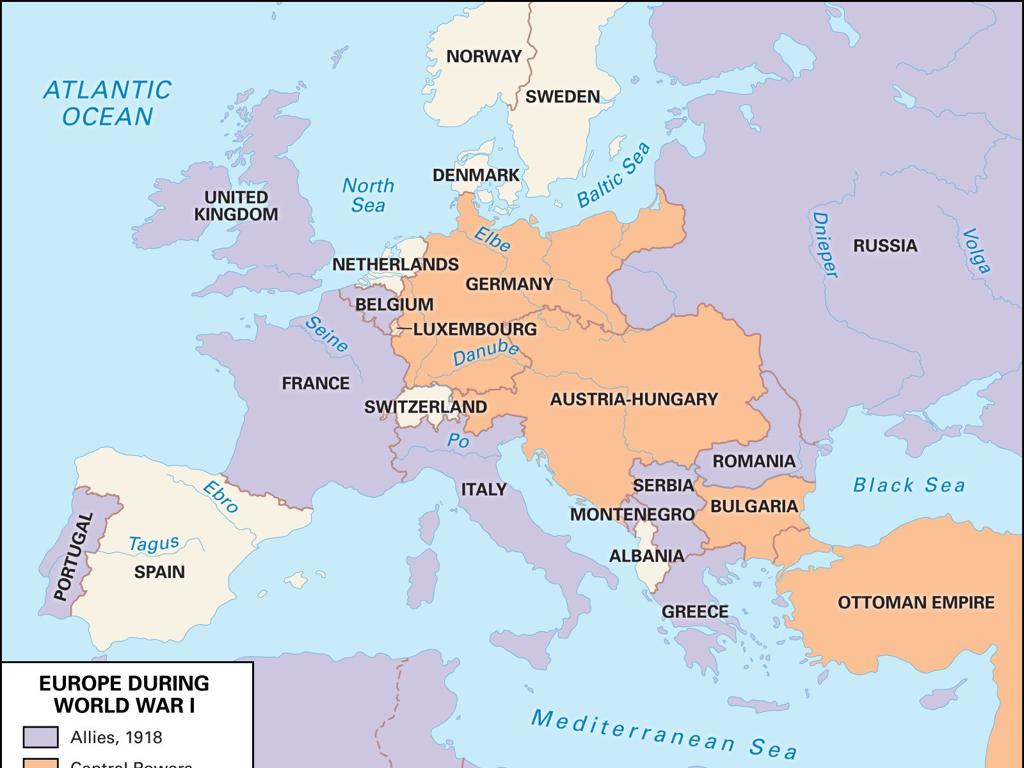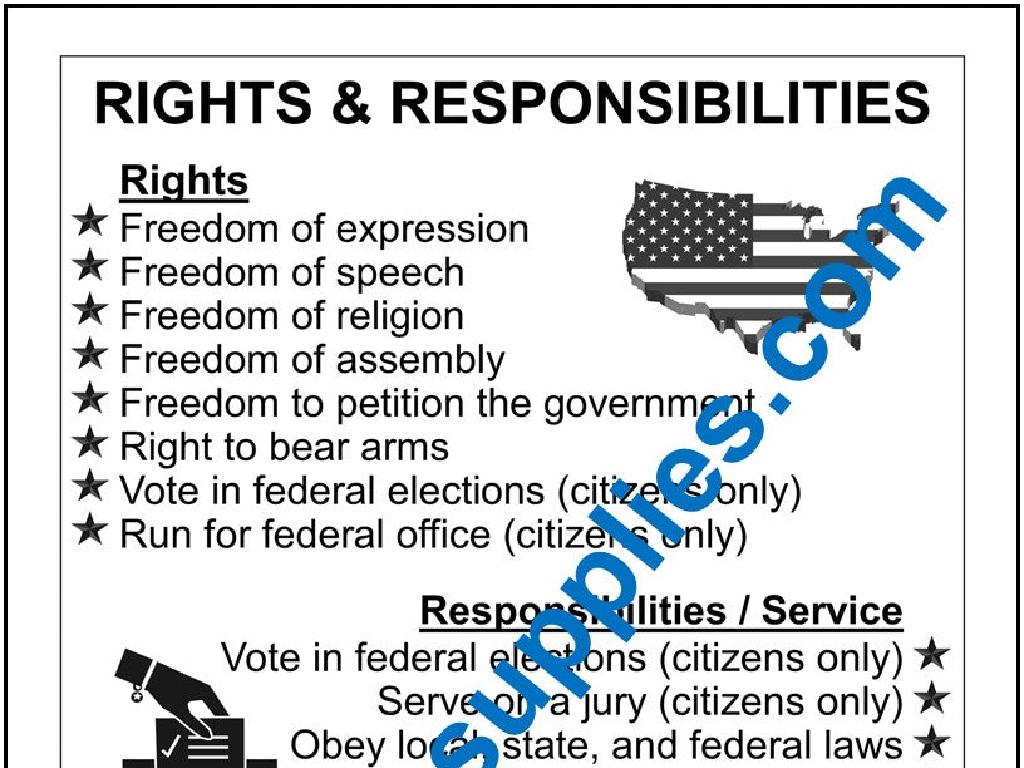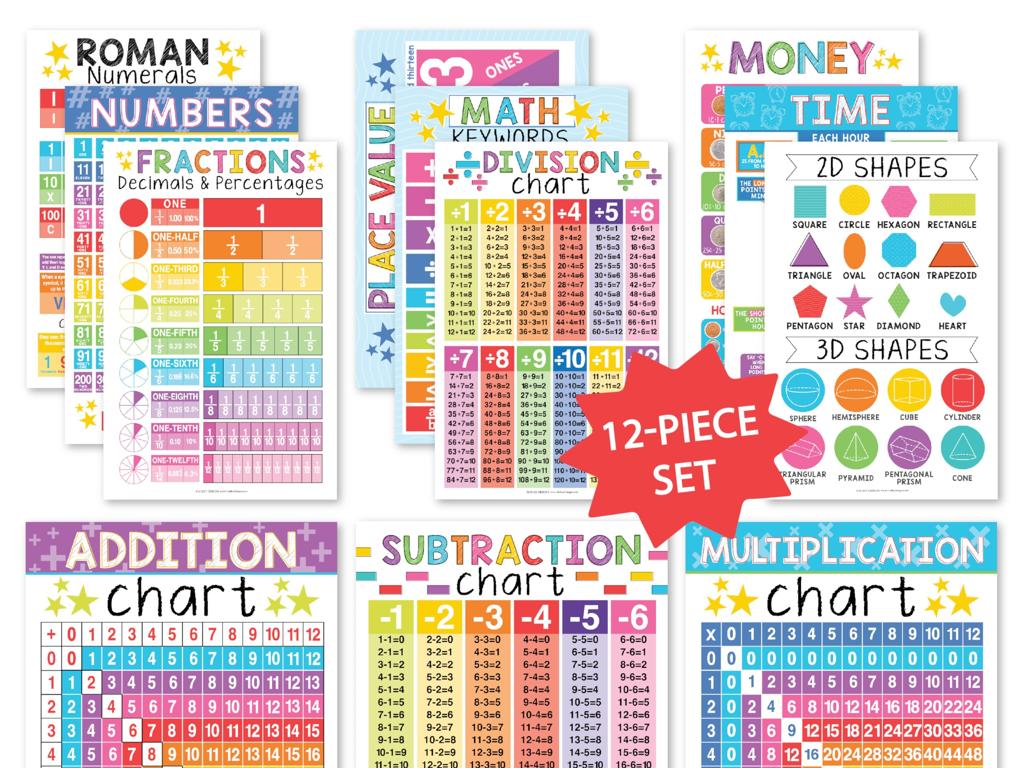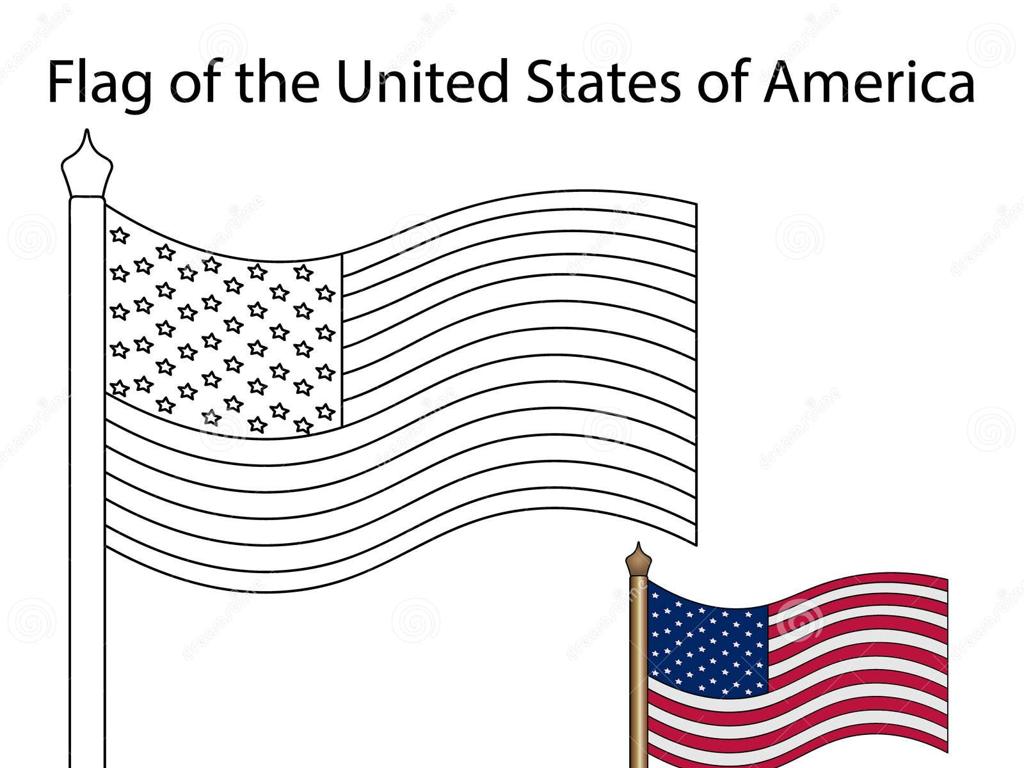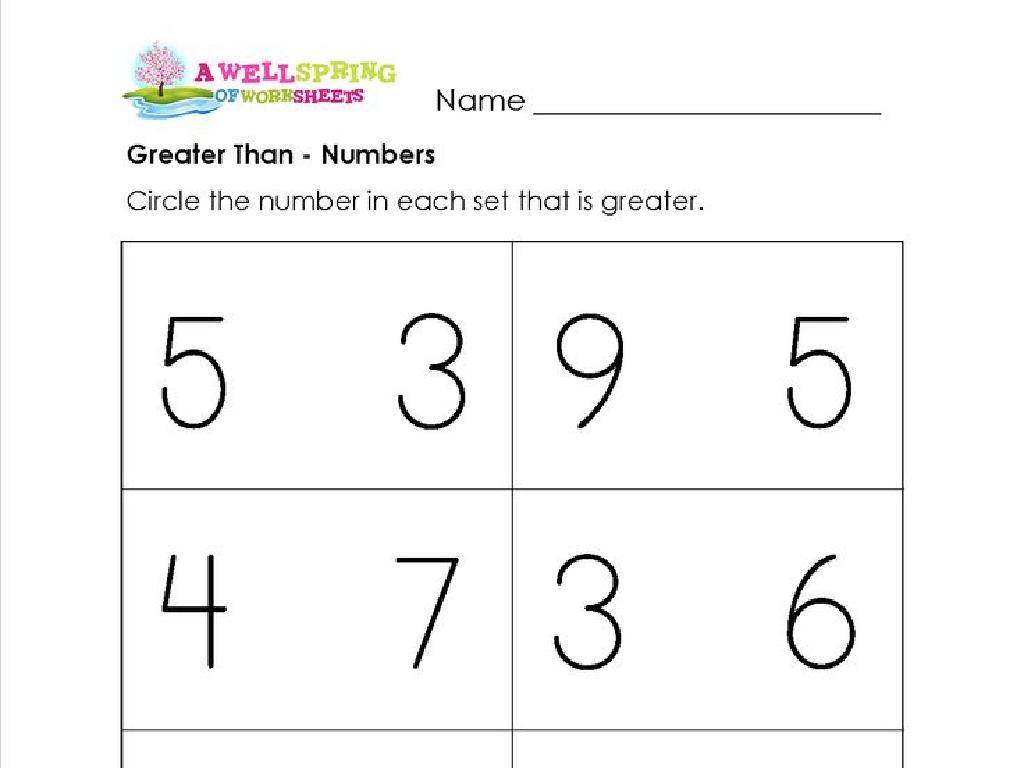Multiplication Facts To 12
Subject: Math
Grade: Third grade
Topic: Multiplication Fluency Up To 12
Please LOG IN to download the presentation. Access is available to registered users only.
View More Content
Welcome to Multiplication!
– Today’s focus: Facts to 12
– Multiplication as groups
– Think of multiplication as adding groups of the same number
– Why it’s a super skill
– It helps us count faster and solve problems easily
– Practice makes perfect
– The more we practice, the quicker we recall facts
|
This slide introduces third graders to the concept of multiplication, emphasizing its importance and utility in everyday math. Begin by explaining that multiplication is a way to add the same number multiple times, which is like counting the total number of items in groups. Highlight how multiplication is a time-saving tool that makes counting large quantities easier and more efficient. Stress the importance of practice in achieving fluency with multiplication facts up to 12, as this foundational skill will support future math learning. Encourage students to engage with multiplication through games, flashcards, and group activities to reinforce their learning and make it fun.
Understanding Multiplication
– Multiplication as repeated addition
– It’s like adding the same number over and over.
– Example: 3 x 4
– Same as 4 + 4 + 4. Three groups of four.
– Visualize with objects
– Use items like blocks or counters to show 3 groups of 4.
– Practice with different numbers
|
This slide introduces the concept of multiplication to third-grade students by relating it to the more familiar operation of addition. Start by explaining that multiplication is a shortcut for adding the same number multiple times. Use the example 3 x 4 to show that it’s the same as adding the number 4 three times. Encourage students to visualize the concept by grouping objects, which helps solidify their understanding. After explaining, give students a chance to practice with different numbers, reinforcing the concept through repetition and engagement.
Mastering Multiplication Facts to 12
– Memorize the multiplication table
– Know your times tables for quick math
– Discover patterns in multiplication
– Even numbers always end with 0, 2, 4, 6, or 8 when multiplied
– Learn shortcuts for easy facts
– Use the ‘double and add’ trick for 4s
– Practice with multiplication games
– Games like ‘times table bingo’ make learning fun
|
This slide aims to help students become fluent in multiplication facts up to 12. Encourage them to memorize the multiplication table through repetition and engaging activities. Highlight patterns, such as the results of multiplying by even numbers, and introduce tricks like doubling a number and adding it to itself to find the result of multiplying by 4. Incorporate interactive games to reinforce these concepts, making the learning process enjoyable and effective. During the next class, assess their memorization and understanding of these patterns and tricks through quick quizzes or group activities.
Let’s Practice Multiplication!
– Multiplication in daily life
– How we use times tables for tasks like shopping or cooking
– Solving problems using multiplication
– Use multiplication to quickly solve math problems
– Group activity: Share stories
– Pair up, create and share stories that involve multiplying numbers
– Discuss the importance of multiplication
|
This slide is aimed at reinforcing the practical application of multiplication facts in everyday life and enhancing problem-solving skills. Encourage students to think of ways they encounter multiplication at home or in the store, such as calculating total cost of multiple items or servings in recipes. Introduce problem-solving exercises that require multiplication to find solutions. The group activity should involve students pairing up to create and share their own multiplication stories, which helps them understand the concept in a narrative form. This activity fosters collaboration and allows students to express their understanding creatively. Provide guidance on how to create a story involving multiplication and ensure each pair has a chance to present their story to the class.
Multiplication Games for Mastering Facts to 12
– Play Multiplication Bingo
– A fun game to match products on your bingo card with called out equations.
– Challenge in Multiplication Race
– Compete with classmates to see who can solve multiplication problems the fastest.
– Solve Interactive Multiplication Puzzles
– Complete puzzles by matching pieces with correct multiplication answers.
– Engage with peers in learning
|
This slide introduces engaging multiplication games designed to help third graders practice and master multiplication facts up to 12. Multiplication Bingo allows students to find the product of equations called out and match them on their bingo cards, promoting active listening and quick calculation skills. The Multiplication Race is a competitive activity where students solve problems rapidly, encouraging speed and accuracy. Interactive Multiplication Puzzles involve matching puzzle pieces with correct answers, combining spatial reasoning with multiplication practice. These games are meant to be played in groups, fostering a collaborative and supportive learning environment. For the teacher: Prepare bingo cards and puzzles beforehand, and ensure clear instructions are given for each game. Consider creating mixed-ability groups so students can learn from each other.
Class Activity: Multiplication Fact Challenge
– Work in groups on fact challenge
– Present findings to the class
– Discuss solving strategies
– Could be using arrays, skip counting, or repeated addition
– Reflect on the activity
– Think about what methods worked best
|
Divide the class into small groups and provide each with a set of multiplication fact challenges up to 12. Allow the students to collaborate and solve the problems using any method they prefer. After completing the challenge, each group will present their answers and explain the methods they used to find the solutions. Facilitate a discussion on the different strategies, such as drawing arrays, using skip counting, or applying repeated addition, and encourage students to reflect on which strategies they found most effective. This activity aims to promote teamwork, enhance multiplication fluency, and allow students to discover and share multiple problem-solving techniques. Possible activities: 1) Timed multiplication relay, 2) Group problem-solving with manipulatives, 3) Multiplication ‘Bingo’ game, 4) ‘Around the World’ multiplication challenge, 5) Creating a group multiplication chart.
Review and Reflect: Multiplication Facts
– Recap of today’s multiplication lesson
– We learned how to multiply numbers up to 12.
– Share your favorite multiplication fact
– Maybe it’s 7 x 8 because it’s 56, like all the stars we see at night!
– Discussing multiplication in daily life
– How might we use multiplication for counting items or planning a party?
– Reflect on the importance of multiplication
|
This slide aims to consolidate the day’s learning by encouraging students to reflect on the multiplication facts they’ve learned up to 12. Start by asking students to summarize the lesson, reinforcing their understanding. Then, move on to a fun activity where each student shares their favorite multiplication fact and explains why they like it. This can help students feel more connected to the material. Next, facilitate a discussion on how multiplication is used in everyday life, such as in cooking, shopping, or organizing events, to show the practical application of their new skills. Finally, emphasize the importance of multiplication as a foundational math skill that will support their future learning. Encourage students to think of questions or topics they want to explore further.
Multiplication Mastery: Homework & Next Steps
– Practice with fun worksheets
– Complete the provided worksheets to sharpen your skills
– Get ready for a multiplication quiz
– Review all multiplication facts up to 12 to prepare
– Use multiplication in daily life
– Try multiplying numbers when shopping or cooking
|
For homework, students should complete the multiplication worksheets that focus on facts up to 12. These are designed to be enjoyable and reinforce their learning. Inform students that there will be a quiz during the next class to assess their understanding of multiplication facts. Encourage them to practice multiplication in real-life situations, such as counting items, to further enhance their fluency. Provide tips on how they can incorporate multiplication into everyday activities, like tallying scores in games or dividing snacks. This will help solidify their skills and show them the practical use of multiplication.

